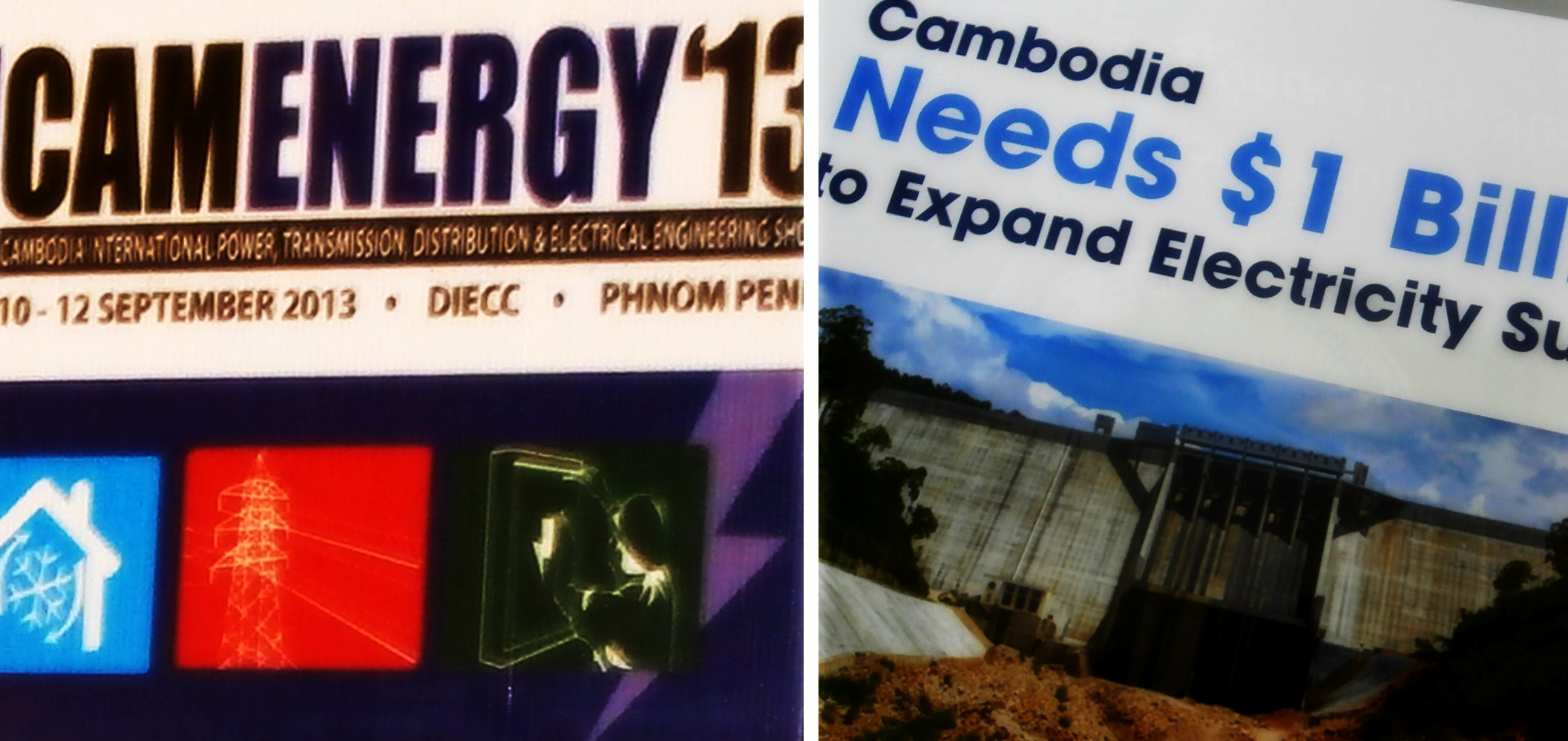
In an article published in Cambodia Business Review (Issue 9, September 2013) titled Cambodia needs $1Billion to expand Electricity Supply, the energy situation in Cambodia was clearly explained. Currently, the country is not generating enough power and has to source 45% of its energy needs from Laos, Thailand and Vietnam. As a result, the price of electricity in the country stands at $0.15 – $1.00 per kilowatt-hour (kWh) and is considered one of the highest in Asia. The country also has low electrification rate as only 26% of the households are connected to the power grid. In the rural areas, most of the people are using car batteries for light and small appliances.
As the article has stated, it needs more than $1B dollars to expand its electricity supply until 2030. The government has adopted the Rural and Renewable Energy Policy as part of the overall energy sector plan which calls for the tapping of all sources from crude oil generators to hydroelectric dams and even coal plants. It has attracted investments from China, Korea and investors from other Asian countries. Despite massive investments, electrification of the whole country cannot be assured. The economic growth experienced by the country is expected to continue and will require a sizable amount of power. The power generated from the new dams and coal plants will therefore be focused first on the needs of the industries fueling the economic growth than for the household needs. Moreover, the environmental impact of the dams and the coal plants can affect the communities where these projects will be located.
The just concluded CamEnergy13 exhibit in Phnom Penh on September 10-12 was a timely activity. It showcased mainstream energy sources and alternative sources like biogas and solar. The solar energy exhibitors featured solar energy products for industrial, home and even personal use: solar panels that can support factories, run a water-pumping station for irrigation; solar home systems that can power lights and household appliances; and even small panels that can charge cell phones. The reality that the power grid cannot cover remote parts of the country can be answered by the availability of solar energy equipment that can provide more efficient and clean energy.
It is in this context that the program Cambodian SUN also becomes relevant. Integrating together institutions that will provide marketing support, technical service and financial service into one program assures seamless operation for the benefit of the clients. Where previously clients are at the mercy of fly-by-night solar panel sellers, Cambodian SUN offers a full and customer-oriented service: high quality solar home system components, 24-hour call center, and regular visits of technicians and continuing education on renewable energy and other add-on benefits. The program is spearheaded by PFTAS as the marketing arm, Kamworks as the technical service provider, and microfinance institutions as financial service providers. The latest participant to the program is the Vision Fund (Cambodia) who signed the agreement this month. Several other MFIs are invited to participate in the program to make solar home systems available to their clients as part of their social performance activities.
